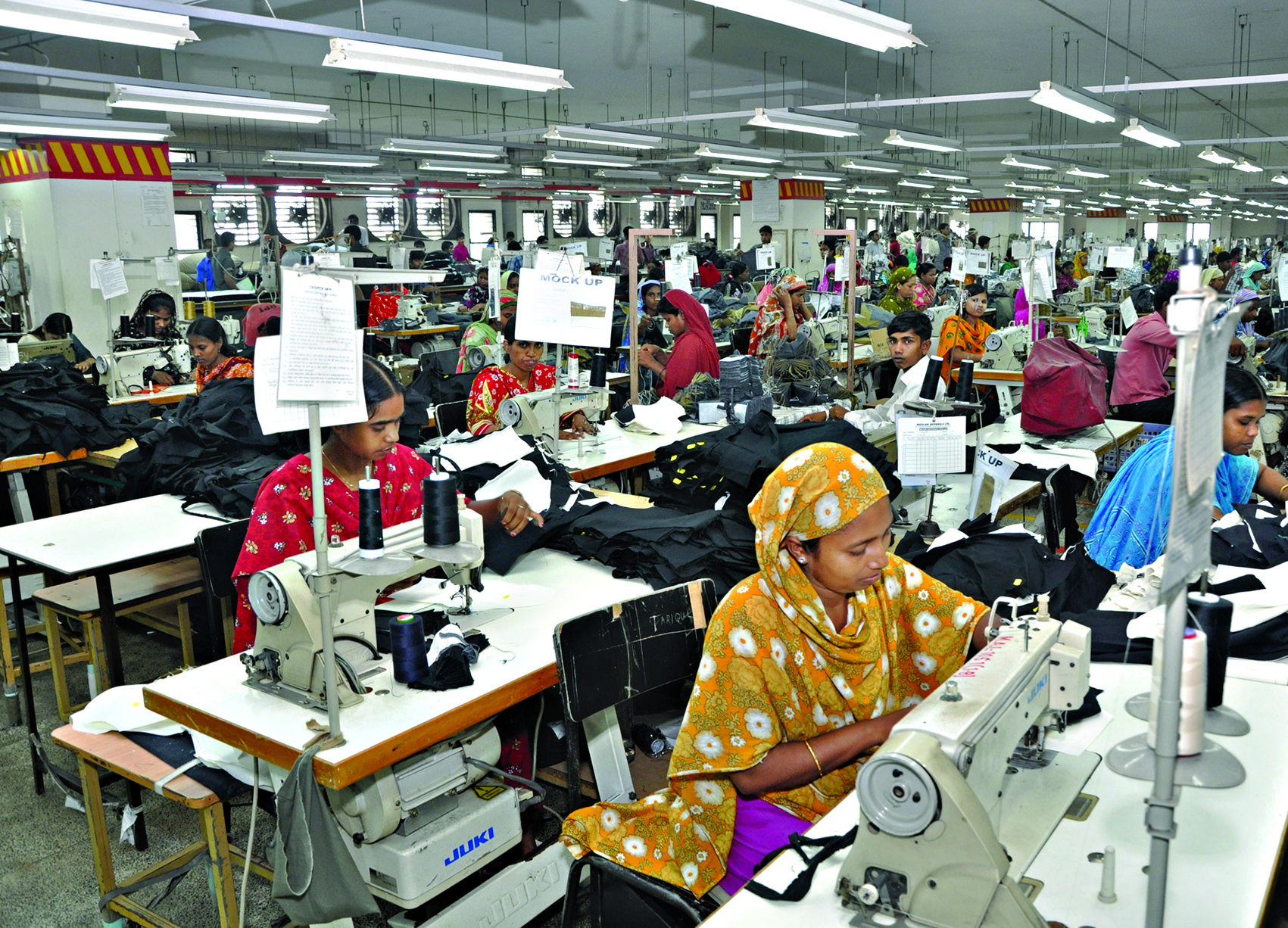The Asian Development Bank raised its 2018 economic growth estimate for developing Asia to 6% from 5.8%, citing solid export demand, but said US protectionist measures and any retaliation against them could undermine trade.
Growth in developing Asia would only ease slightly to 5.9% in 2019, the bank said in its 2018 Asian Development Outlook released on Wednesday. Strong external and domestic demand helped economies in the region expand by an average 6.1% last year, Reuters reported.
While protectionist trade measures by the US so far this year have yet to dent trade flows to and from Asia, the risks are there, the Manila-based institution said. “Further actions and retaliation against them could undermine the business and consumer optimism that underlies the regional outlook,” the ADB said.
China has blamed the US for trade frictions amid escalating threats of tariffs on billions of dollars’ worth of goods between the world’s two biggest economies, sparked by US frustration with China’s trade and intellectual property policies.
Another risk to Asia’s growth, the ADB said, is “diminishing capital inflows if the US Federal Reserve needs to raise interest rates faster than markets expect.” The fed last raised rates in March and policymakers signaled two or three more hikes this year.
By region, South Asia will remain the fastest growing in Asia Pacific, with the ADB pegging expansion this year at 7% and 7.2% in 2019.
Growth in Southeast Asia is forecast at 5.2% for this year and next, the same pace as 2017, while Central Asia is projected to slow to 4% in 2018 before picking up to 4.2% next year.
China and India
The ADB now expects China’s economy to grow 6.6% this year, faster than the bank’s prior estimate of 6.4% made in December and by 6.4% in 2019. China has set a growth target of around 6.5% this year, the same as last year, which it handily beat with an expansion of 6.9%.
China’s growth will moderate “as economic policy leans further toward financial stability and a more sustainable growth trajectory,” ADB said.
India will reverse 2 years of declining growth as the economy is set to expand by 7.3% in fiscal year 2018 and 7.6% in FY2019, aided by various growth-oriented policy measures, ADB said.
It noted that the dip in growth to 6.6% in FY2017 was driven in part by lingering effects of demonetization, which impacted the informal sector in the first half of FY2017. Teething issues related to implementation of the Goods and Services Tax, which hampered operations of small and medium-sized enterprises and exporters, also contributed to growth moderation.
''Despite the short-term costs, the benefits of reform—such as the recently implemented GST—will propel India's future growth,'' Yasuyuki Sawada, the ADB’s chief economist, said.
''Robust foreign direct investment flows attracted by liberalized regulations, and the government's steps to improve the ease of doing business will further bolster growth.''
Robots Will Boost Jobs
The rapid expansion of industrial robots, artificial intelligence and other forms of automation will boost—rather than harm—job creation in developing countries in Asia, according to new research by the Asian Development Bank.
The development lender is the latest large institution to wade into the heated debate about the impact of new technologies on employment.
Economists such as Dani Rodrik of Harvard University have argued that the rise of robots could be especially damaging to developing countries, by eliminating future factory jobs and preventing them from following the manufacturing-led growth model that helped pull hundreds of millions out of poverty in China, South Korea and Taiwan.
The ADB, in its report, played down those worries, arguing that the wider economic benefits of automation, machine learning and other new technologies would outweigh the disruption in the job market.
“On the whole, countries in Asia will fare well as new technology is introduced into the workplace, improving productivity, lowering production costs and raising demand,” said Sawada.
Examining changes in employment across Asia in the decade to 2015, the ADB found that “rising demand, spurred by improved efficiency or labor productivity, more than compensates for technology-induced displacement of jobs”.
But despite its confidence in the overall picture, the Manila-based lender said that automation would have widely differing impacts across industries and countries, and it called on governments in Asia to do more to shield workers from disruption through increased “skills development, labor regulation, social protection and income redistribution”.
The ADB warned that China, which has led the way in industrial automation in recent years, was more at risk of disruption to its job market because it “employs large numbers of workers in capital-intensive sectors where the potential for robot deployment is high”, such as automotive manufacturing and electronics.
These two sectors operate 39% of Asia’s stock of industrial robots, while the automotive industry accounts for about 4% of the region’s manufacturing jobs and the electronics industry accounts for 9%.
By contrast, the apparel and food processing industries operate just 1.4% of the region’s robots but employ 31.5% of Asia’s factory workers.
The ADB argues that the manufacturing sectors least at threat from automation are those that require high degrees of manual dexterity and rely on cheap labor in low-cost countries.
While some companies have developed robots that can sew clothes, for example, the high cost of these machines means that many garment makers still prefer to expand their workforce in countries such as Bangladesh, Ethiopia and Vietnam.


